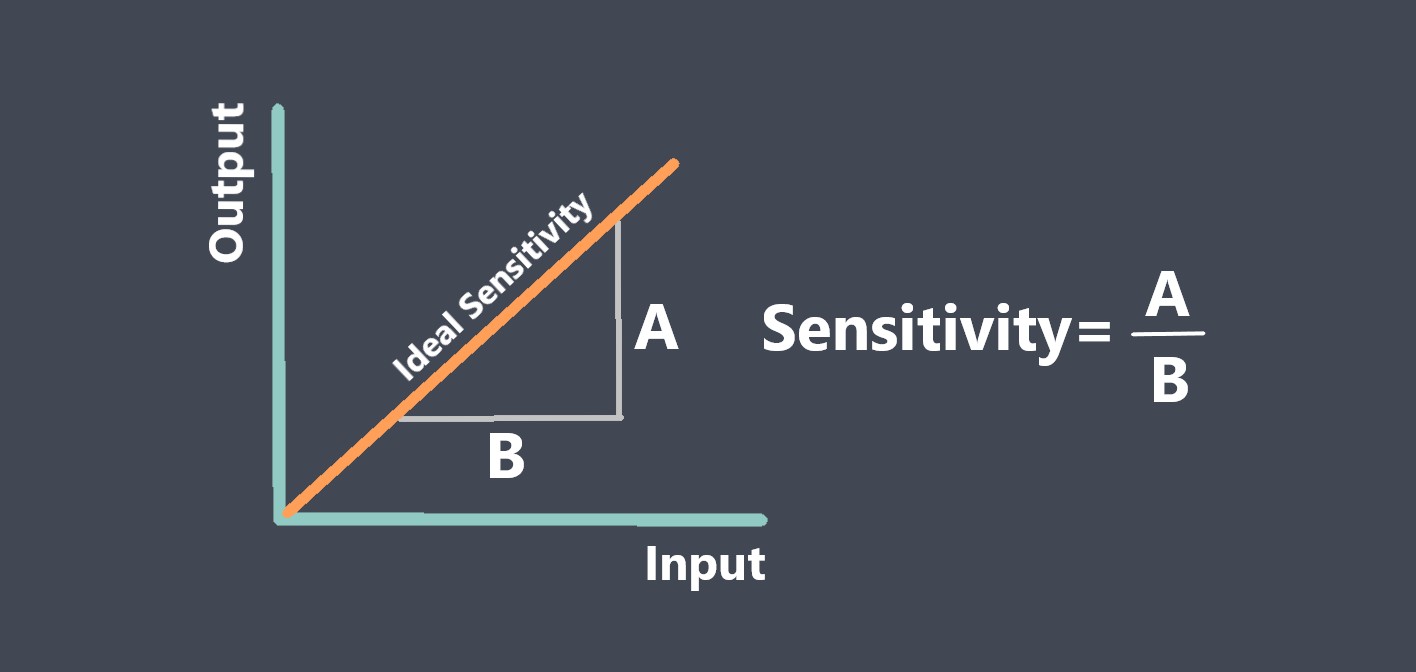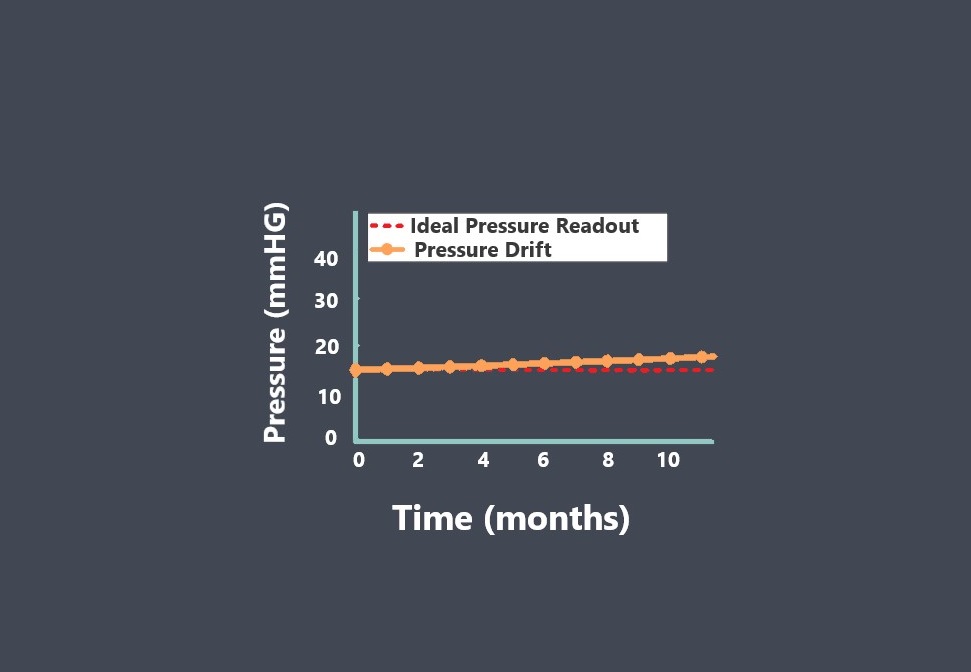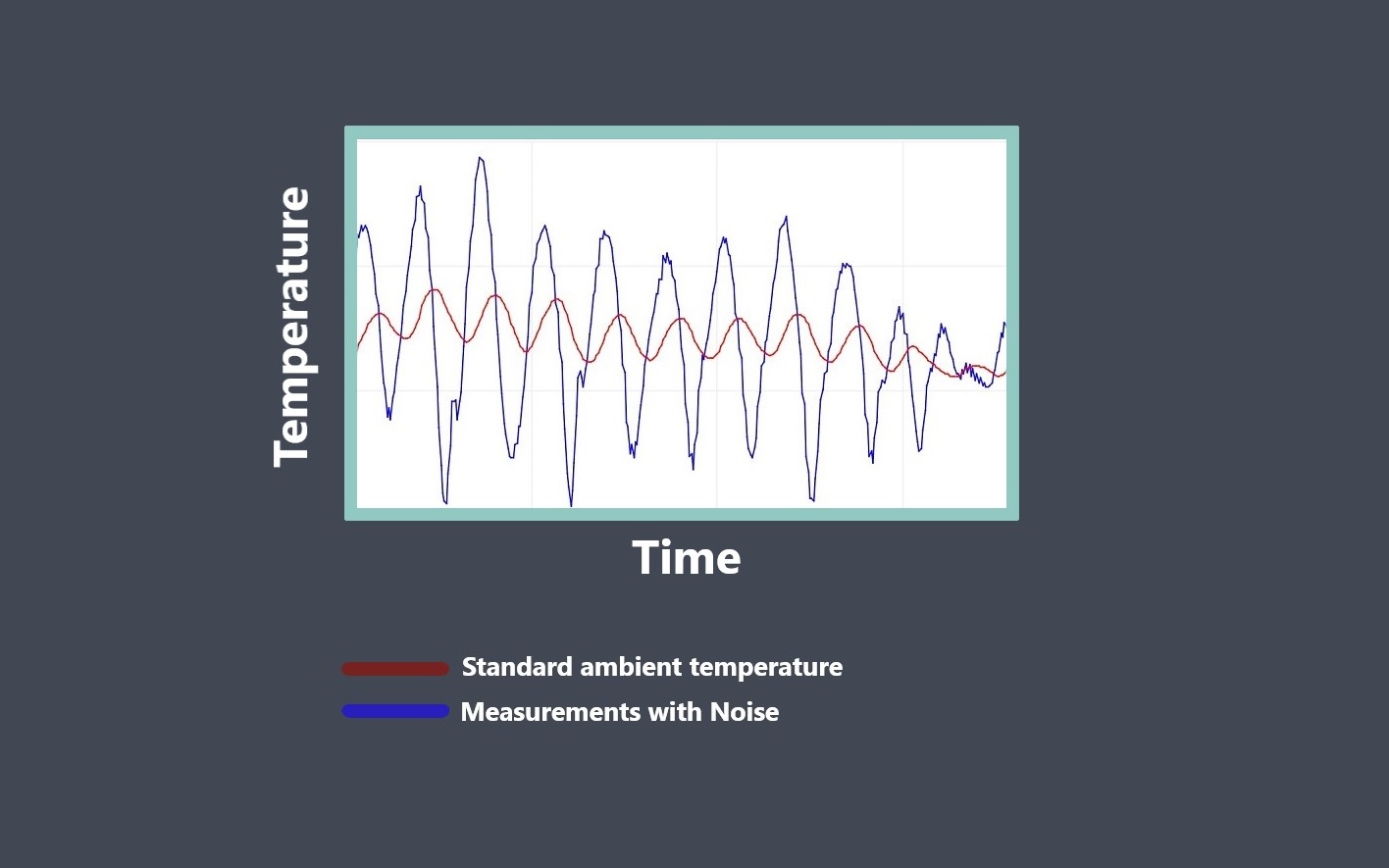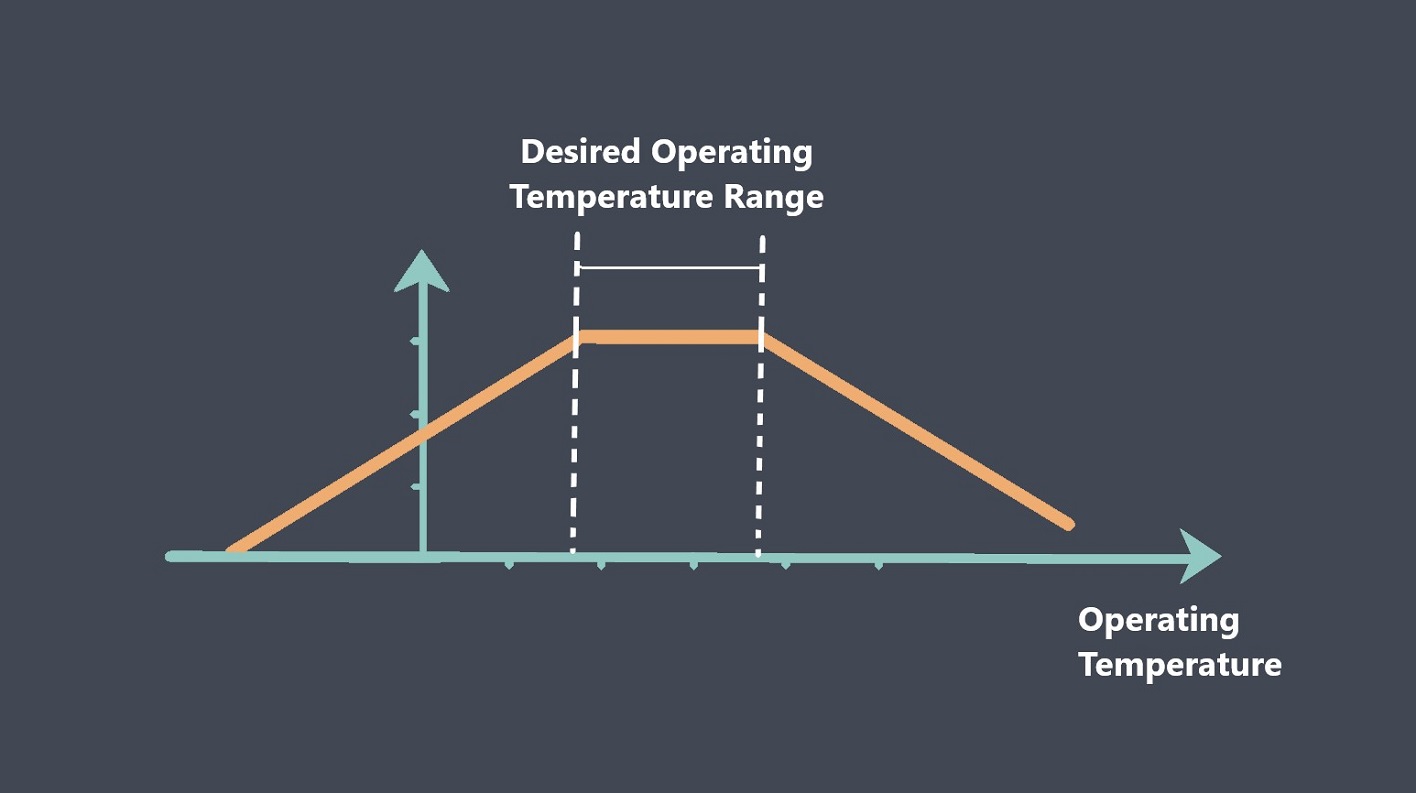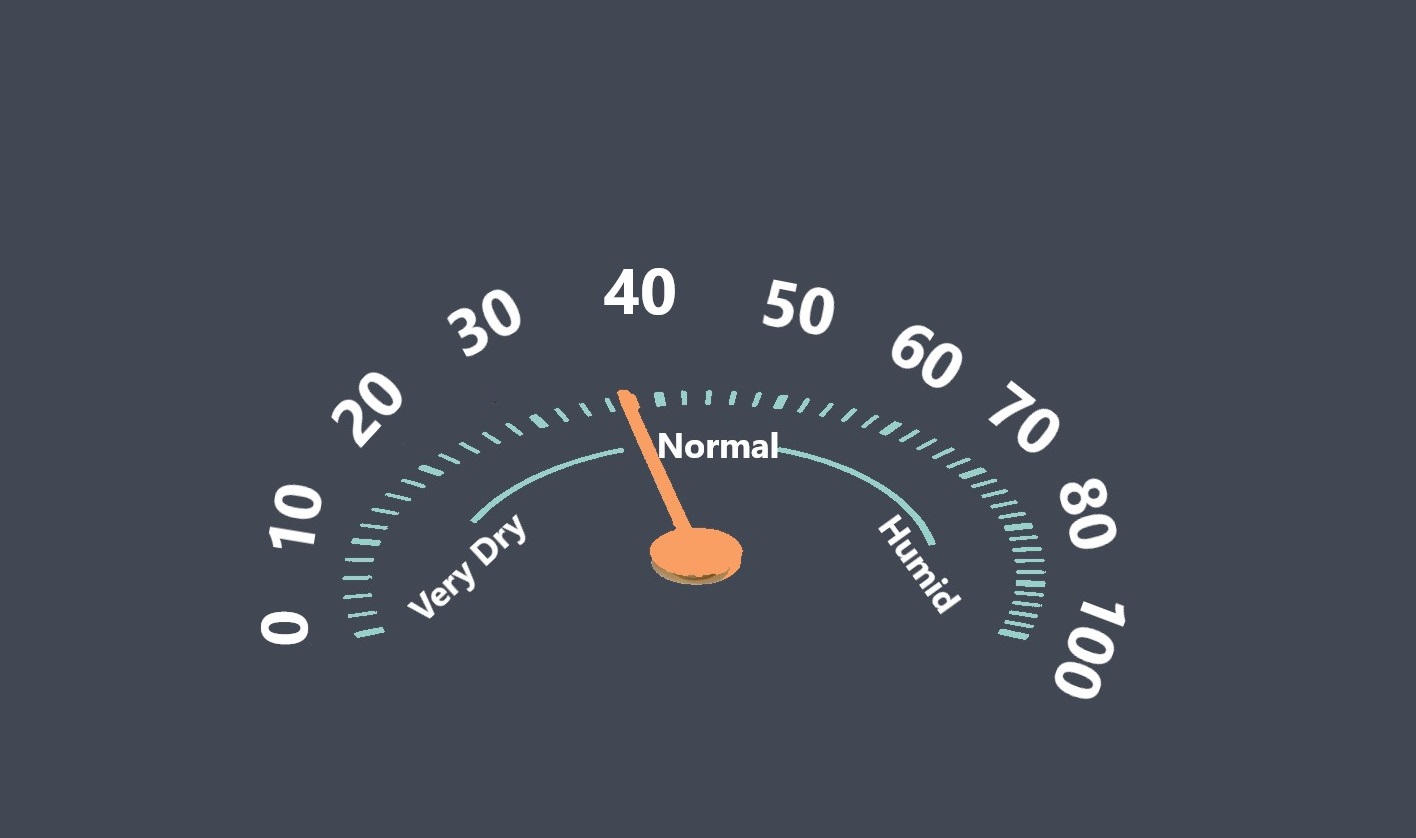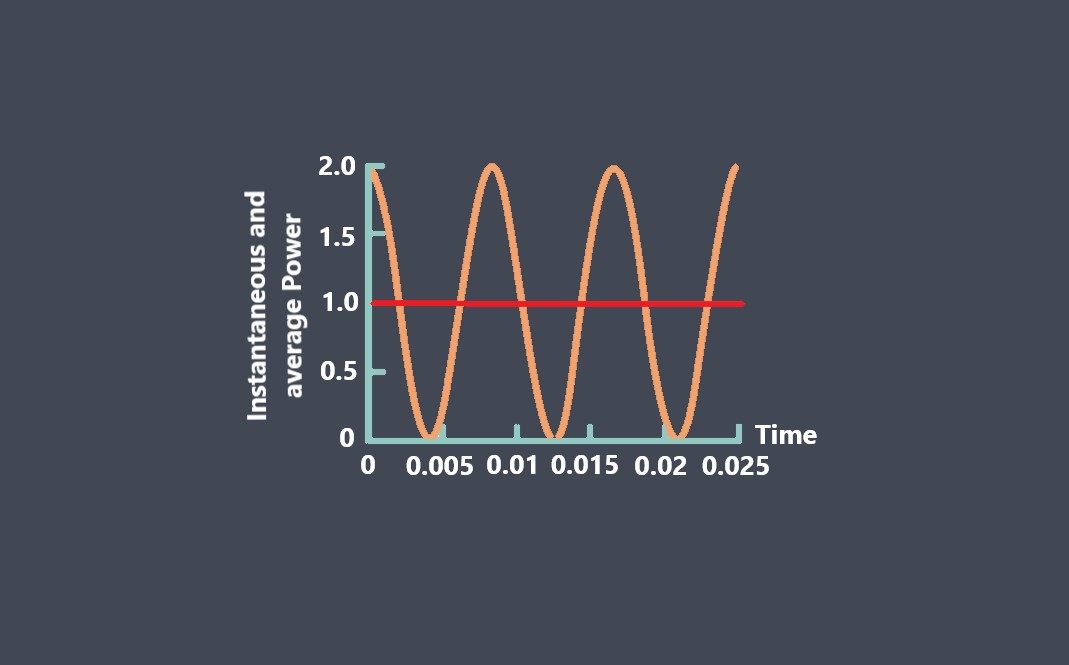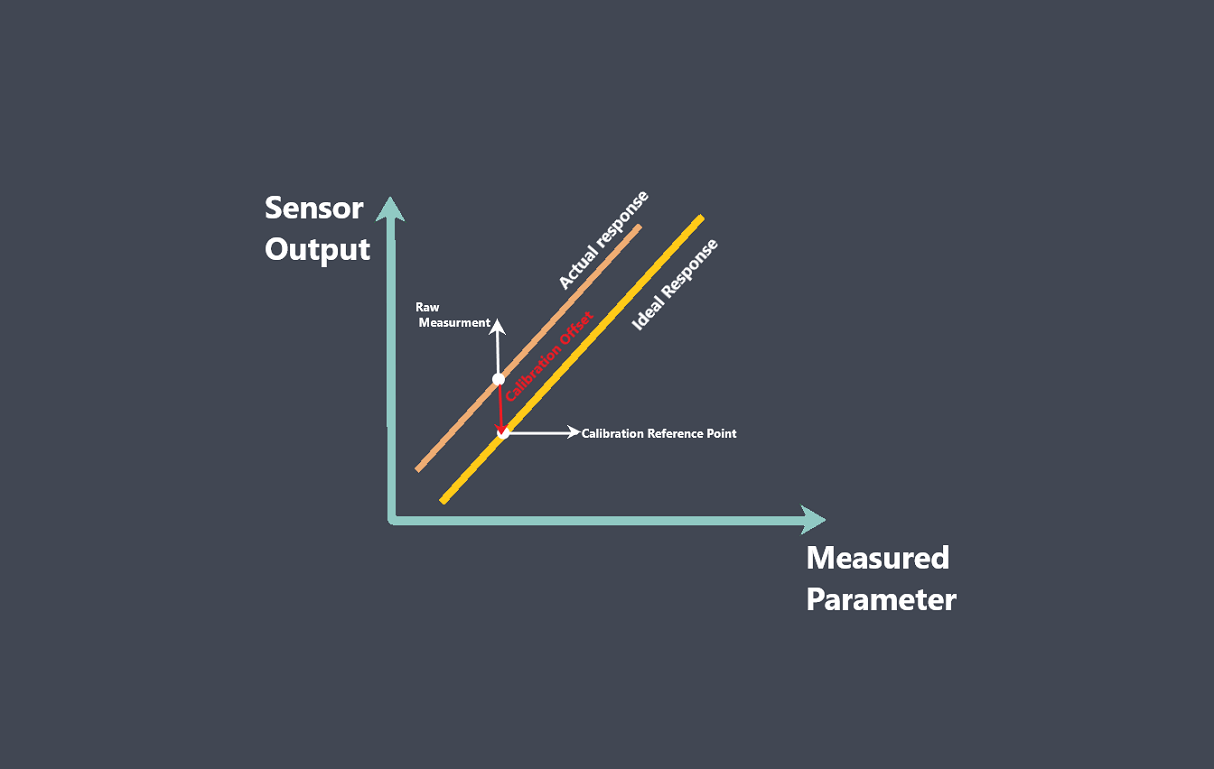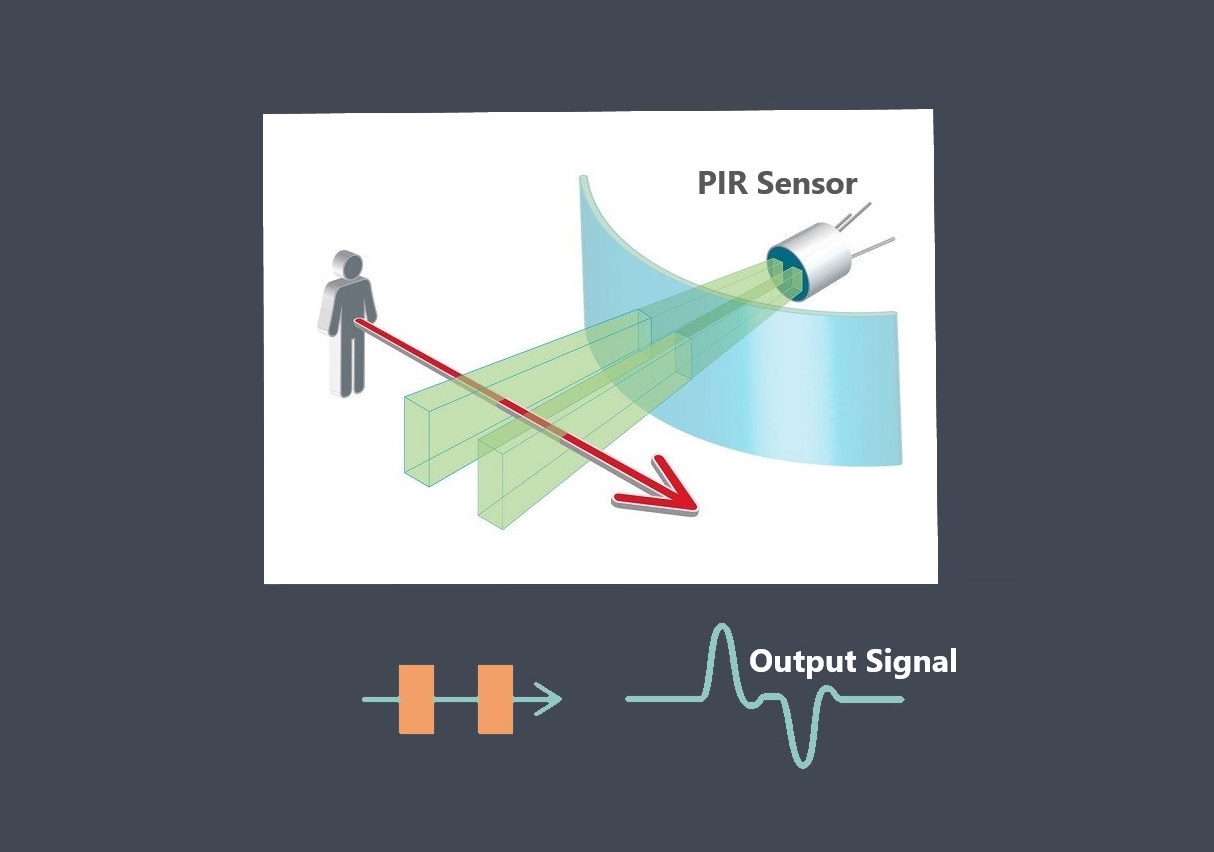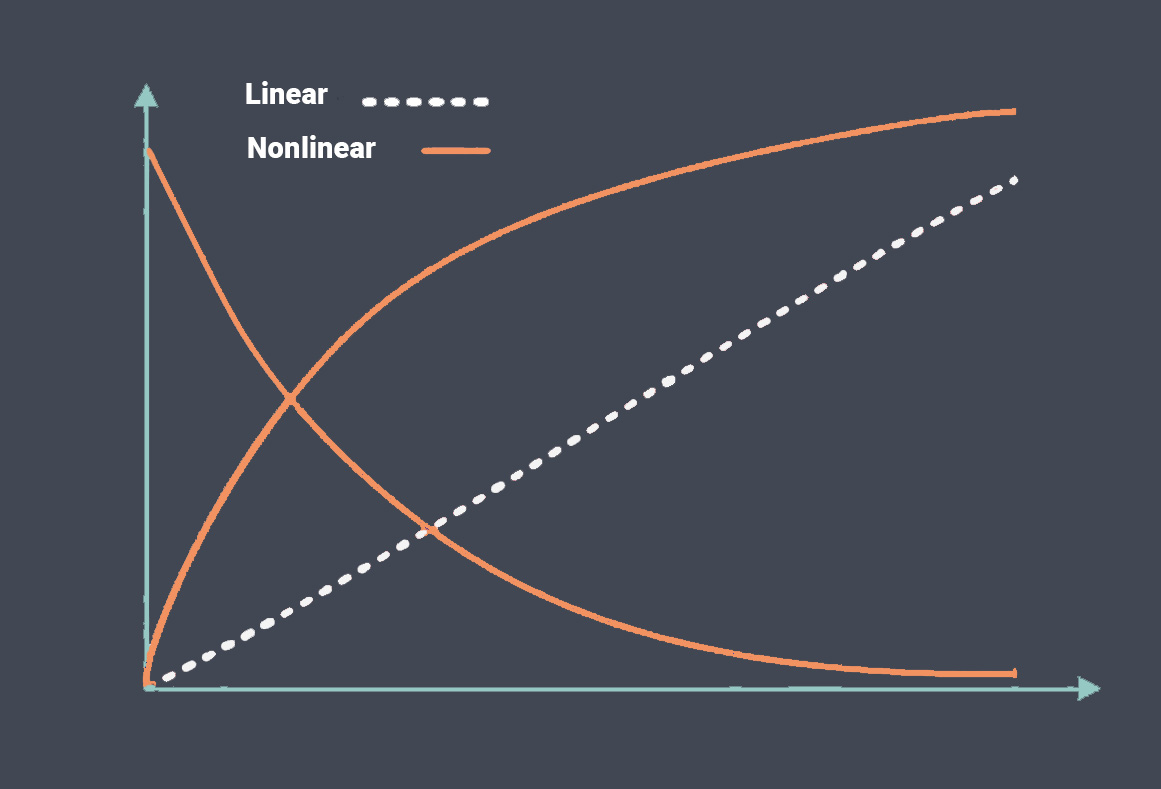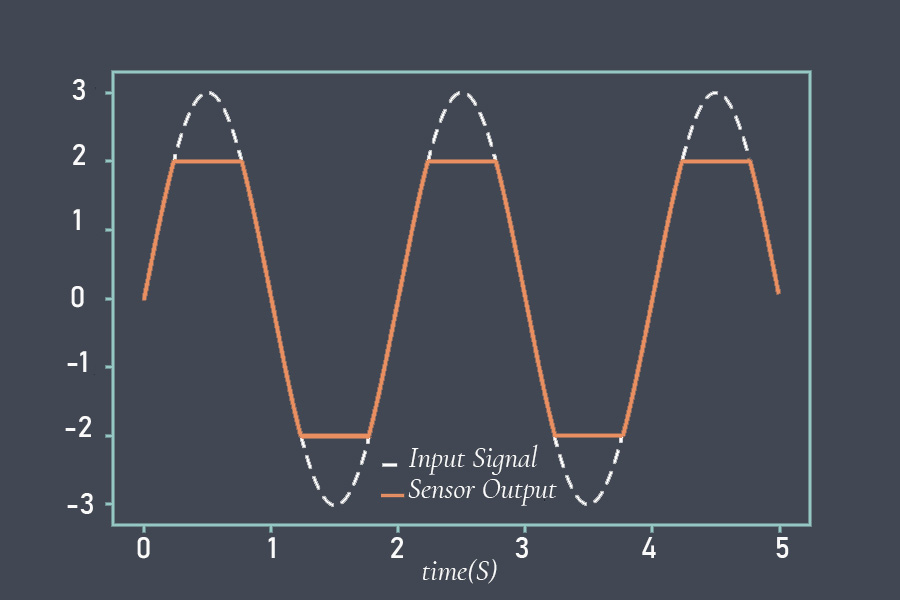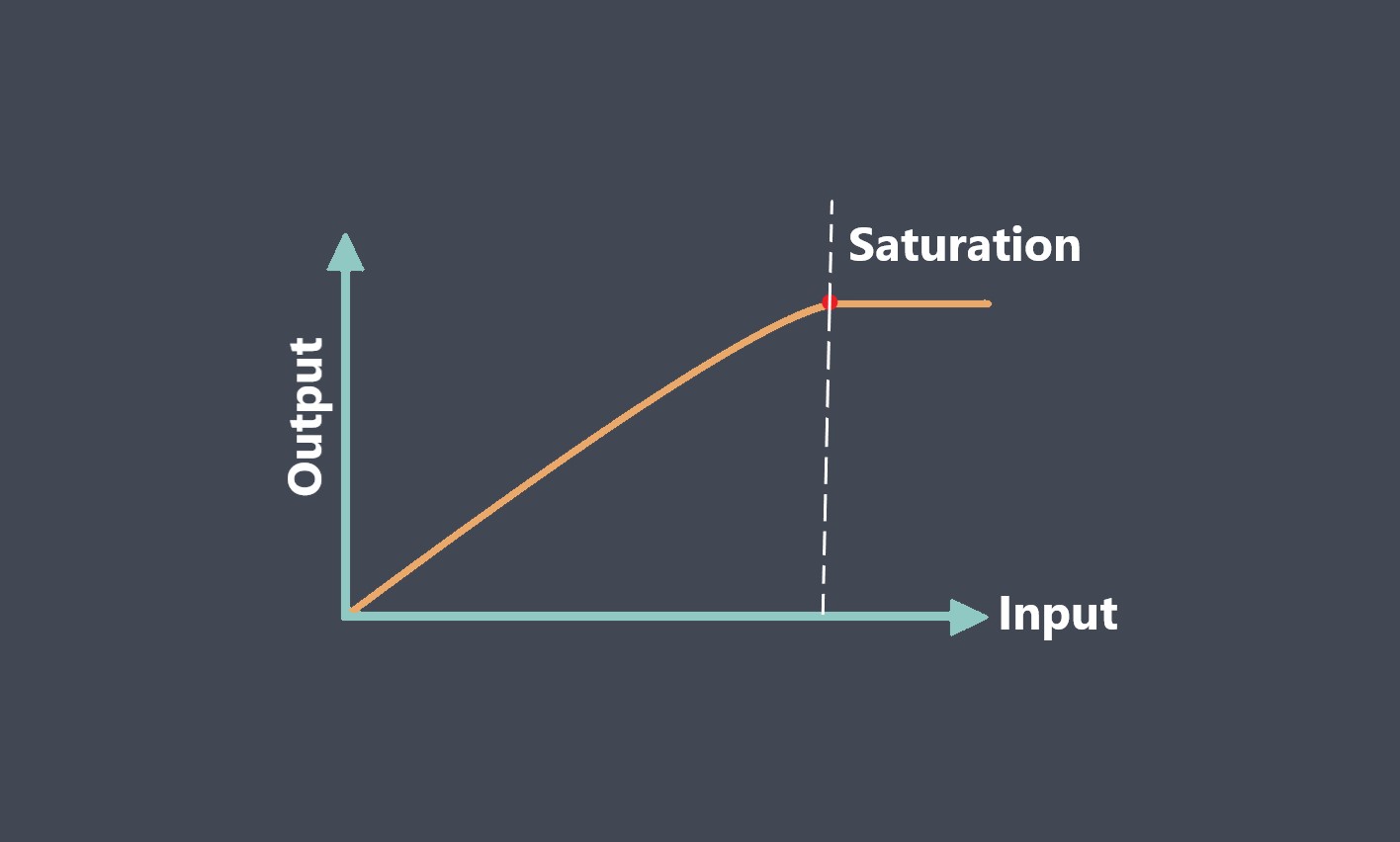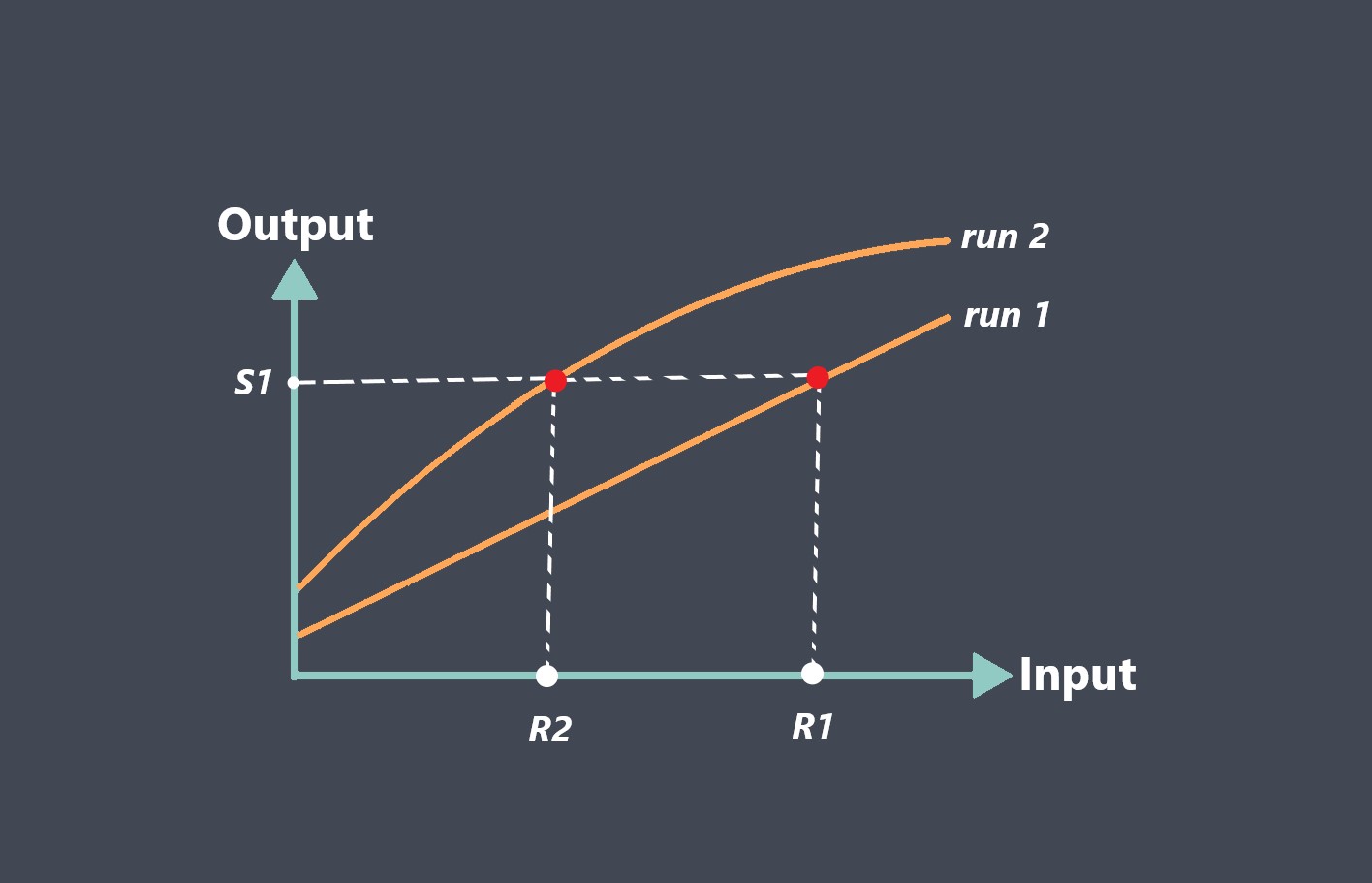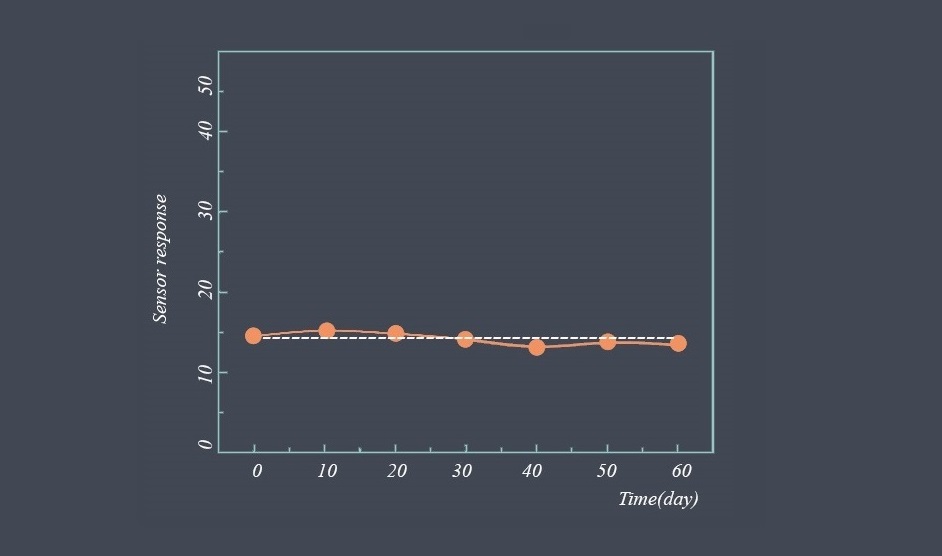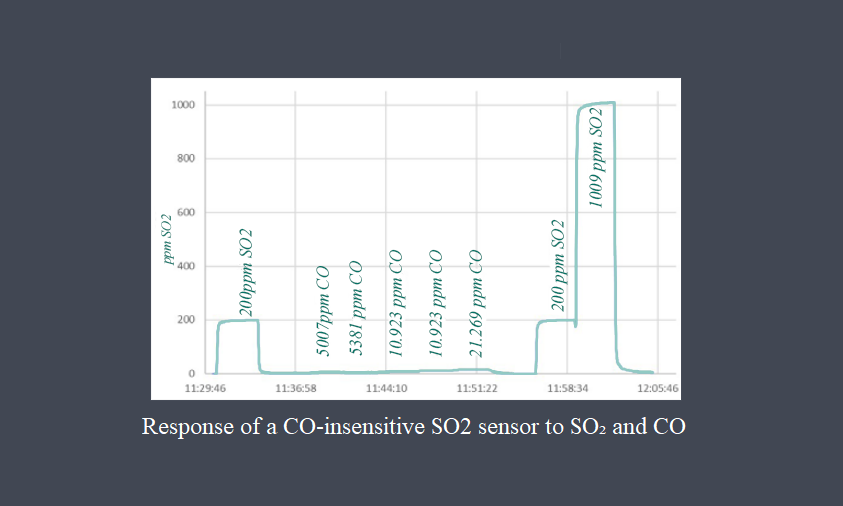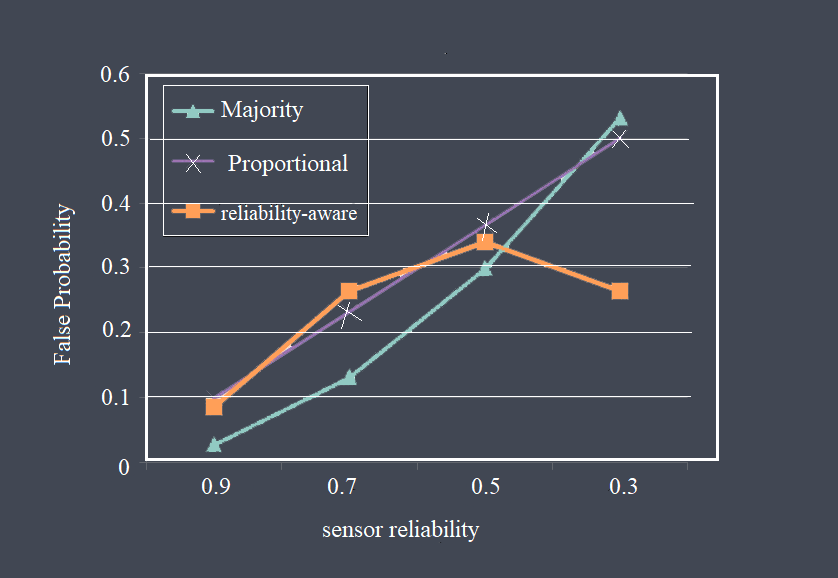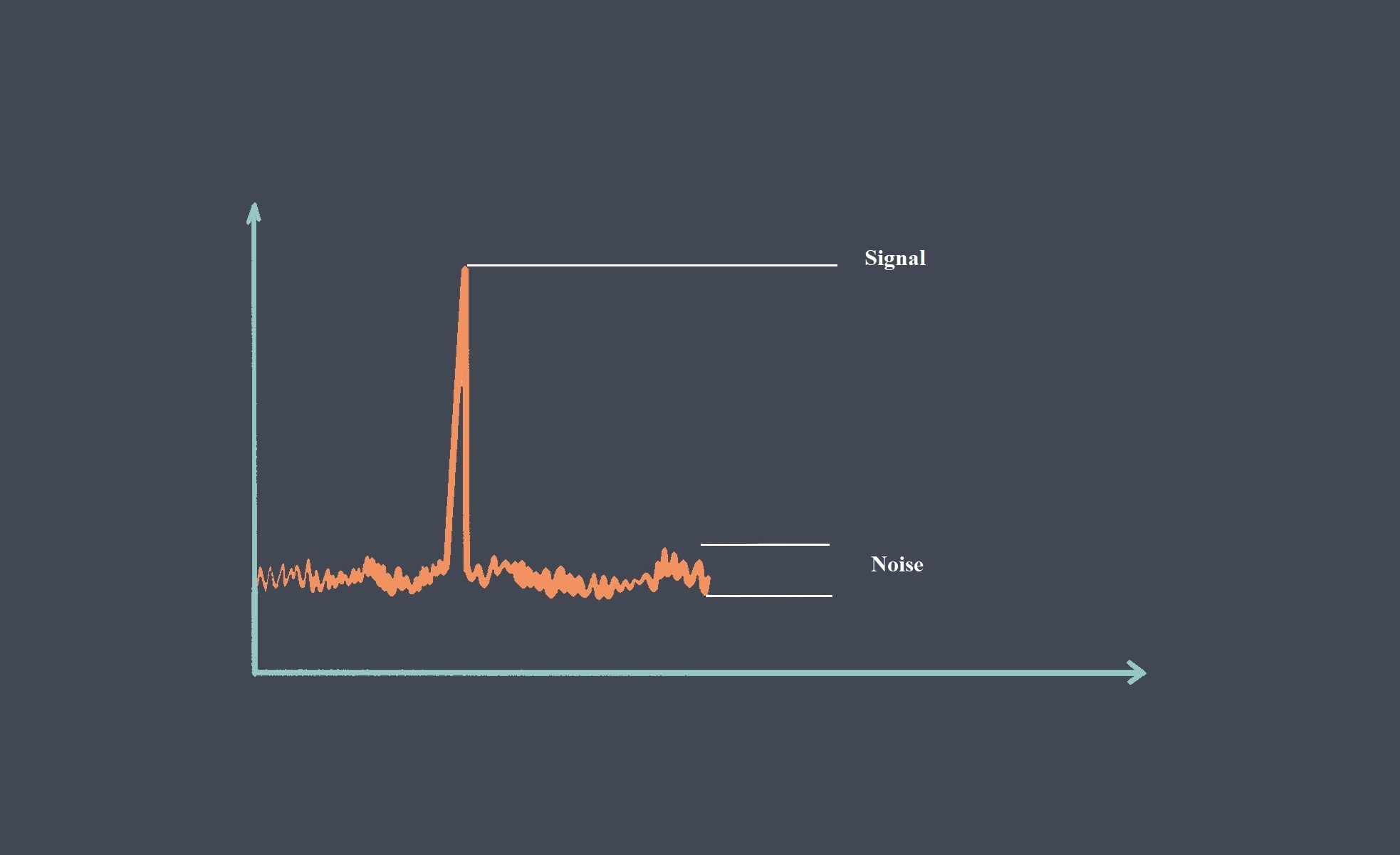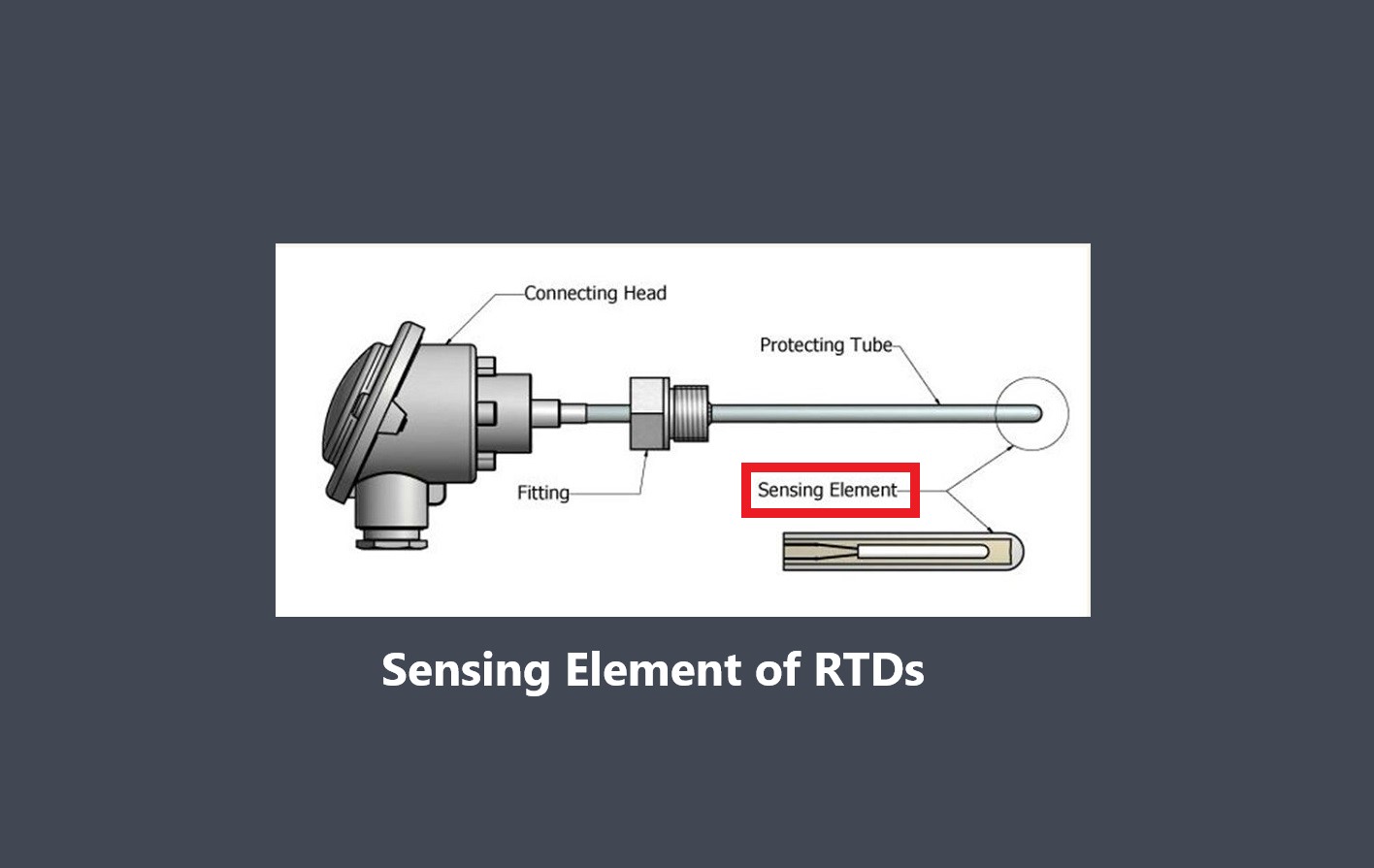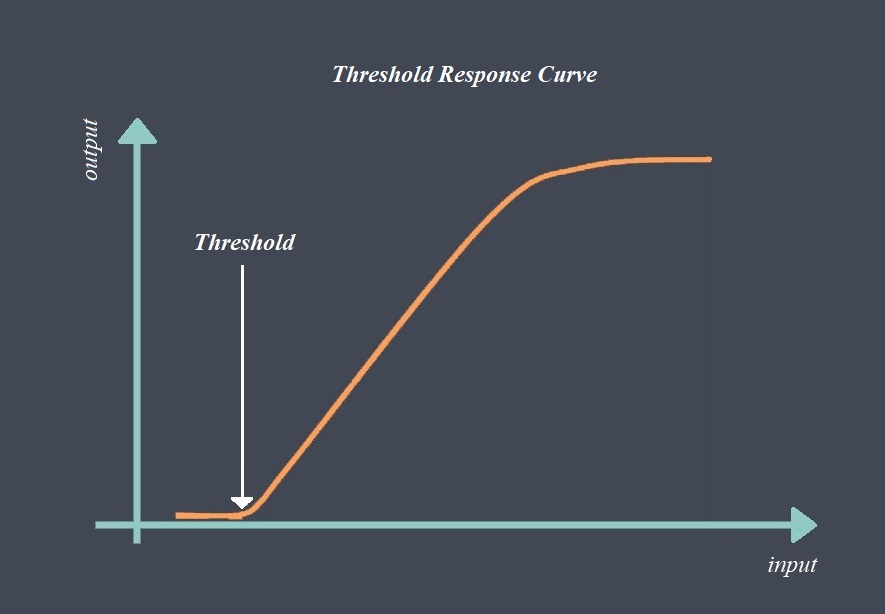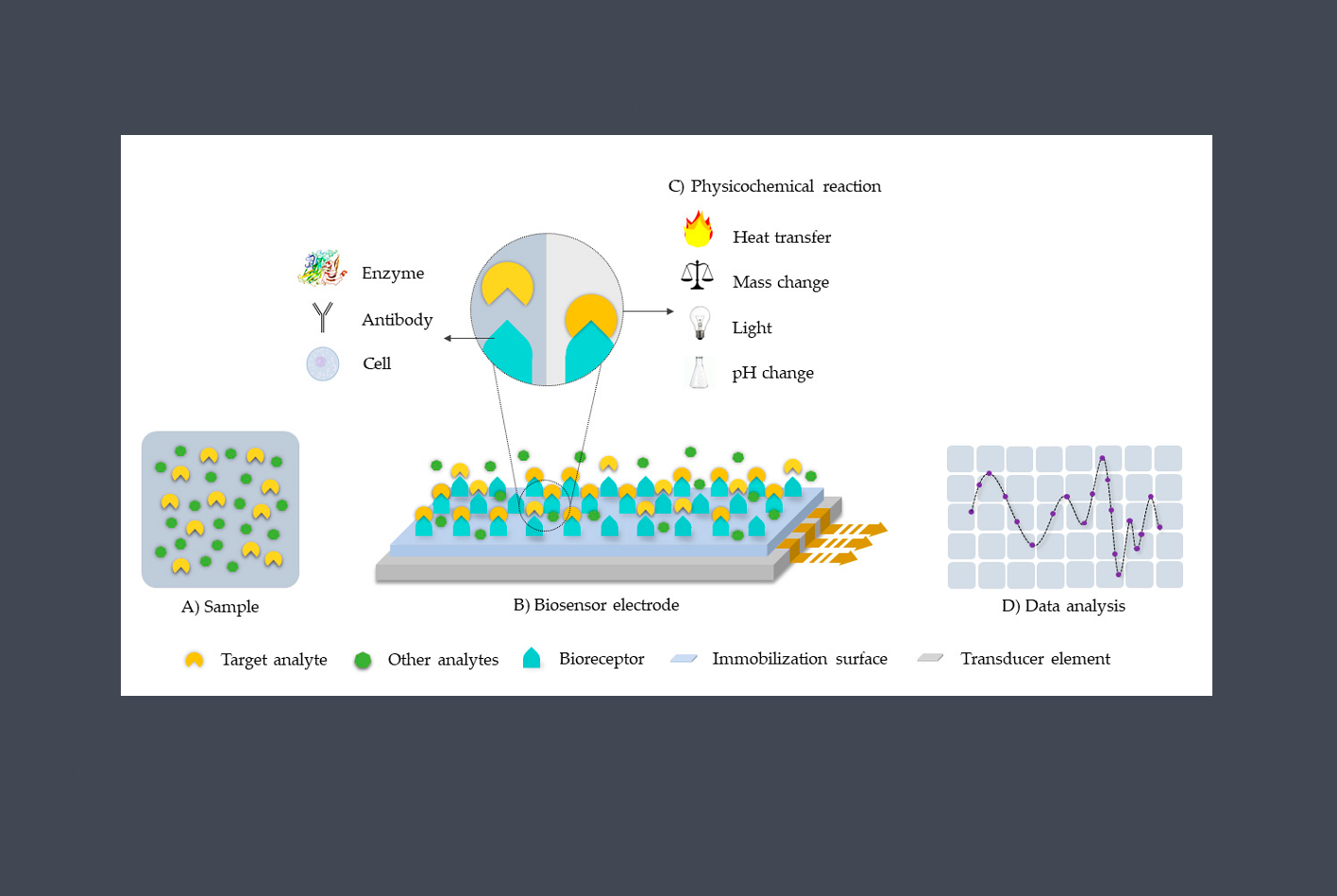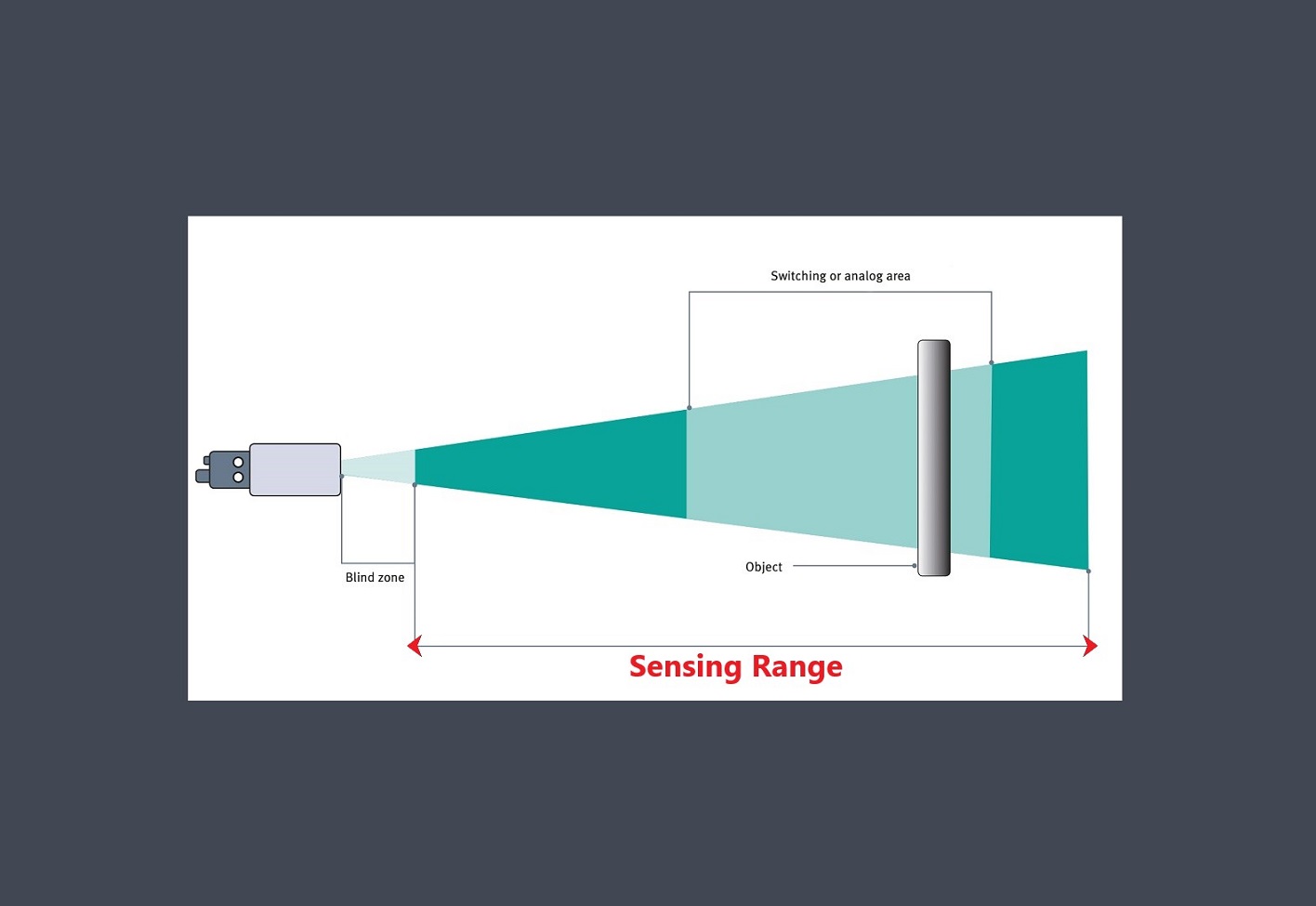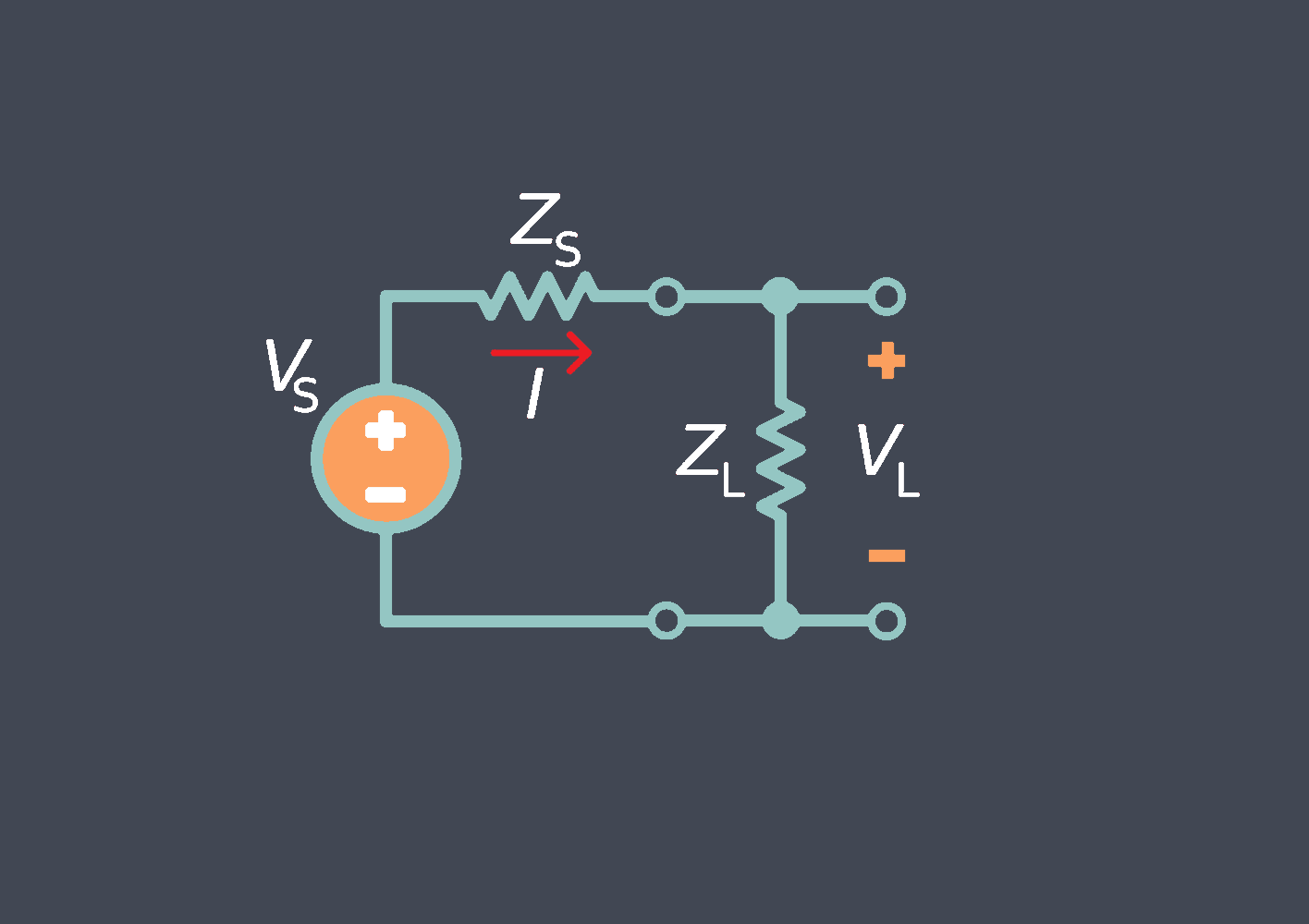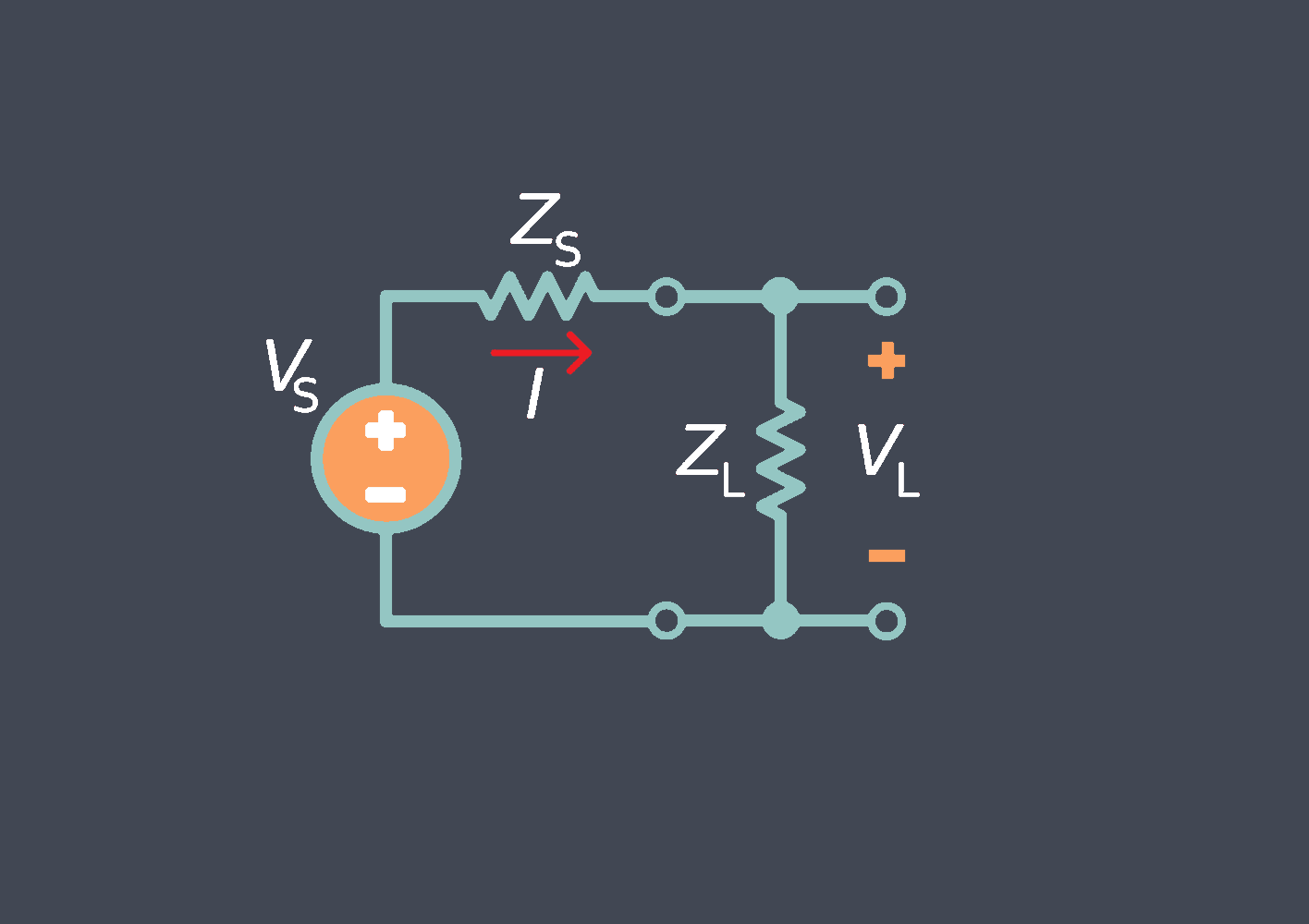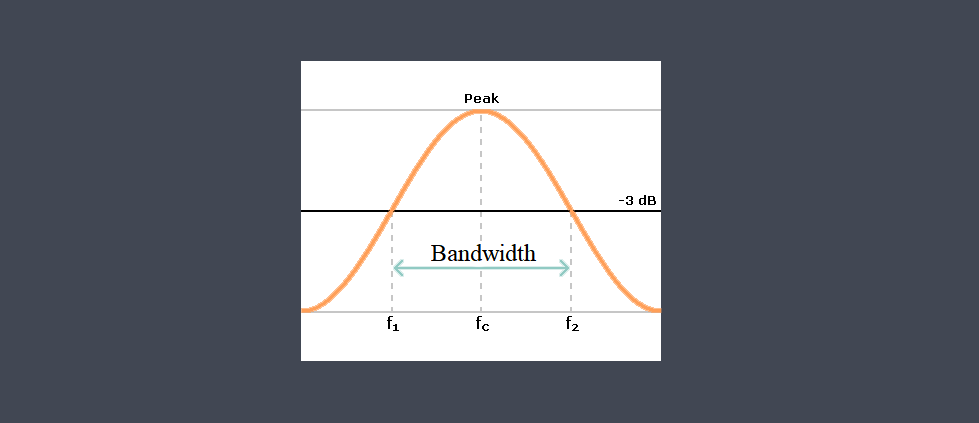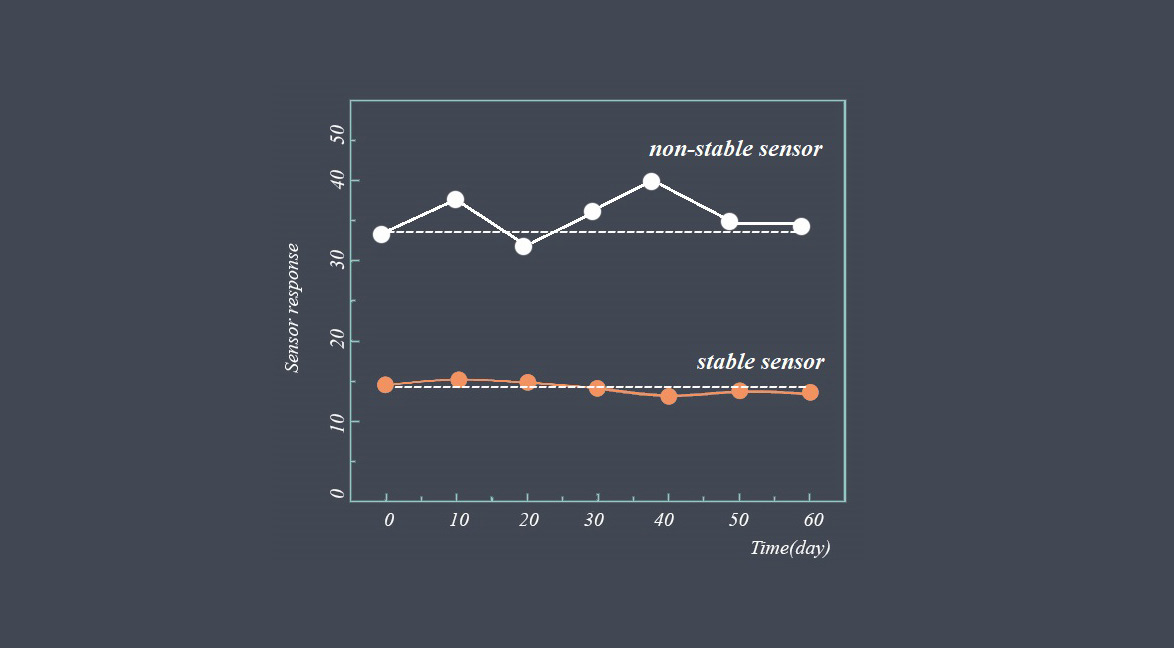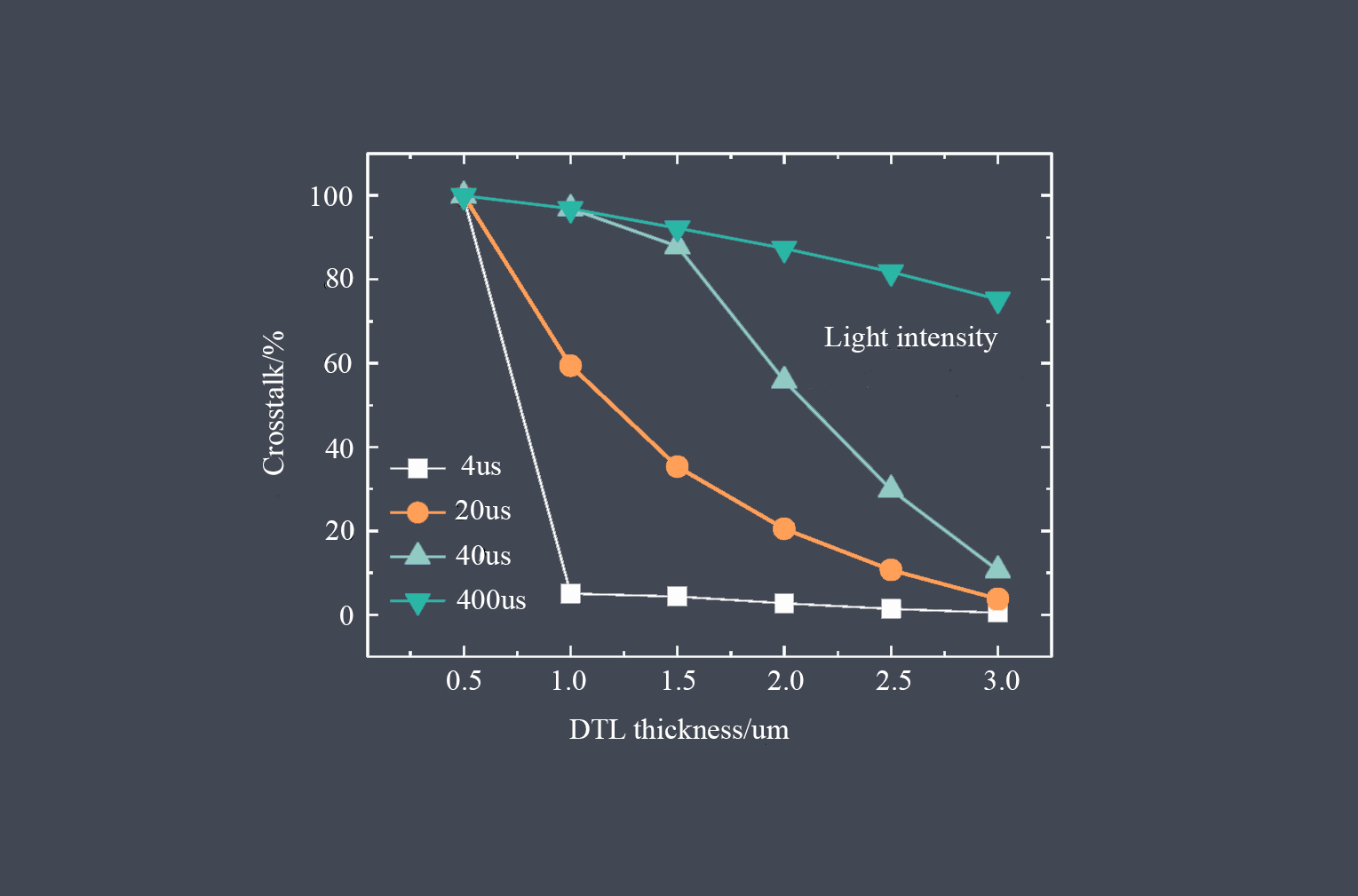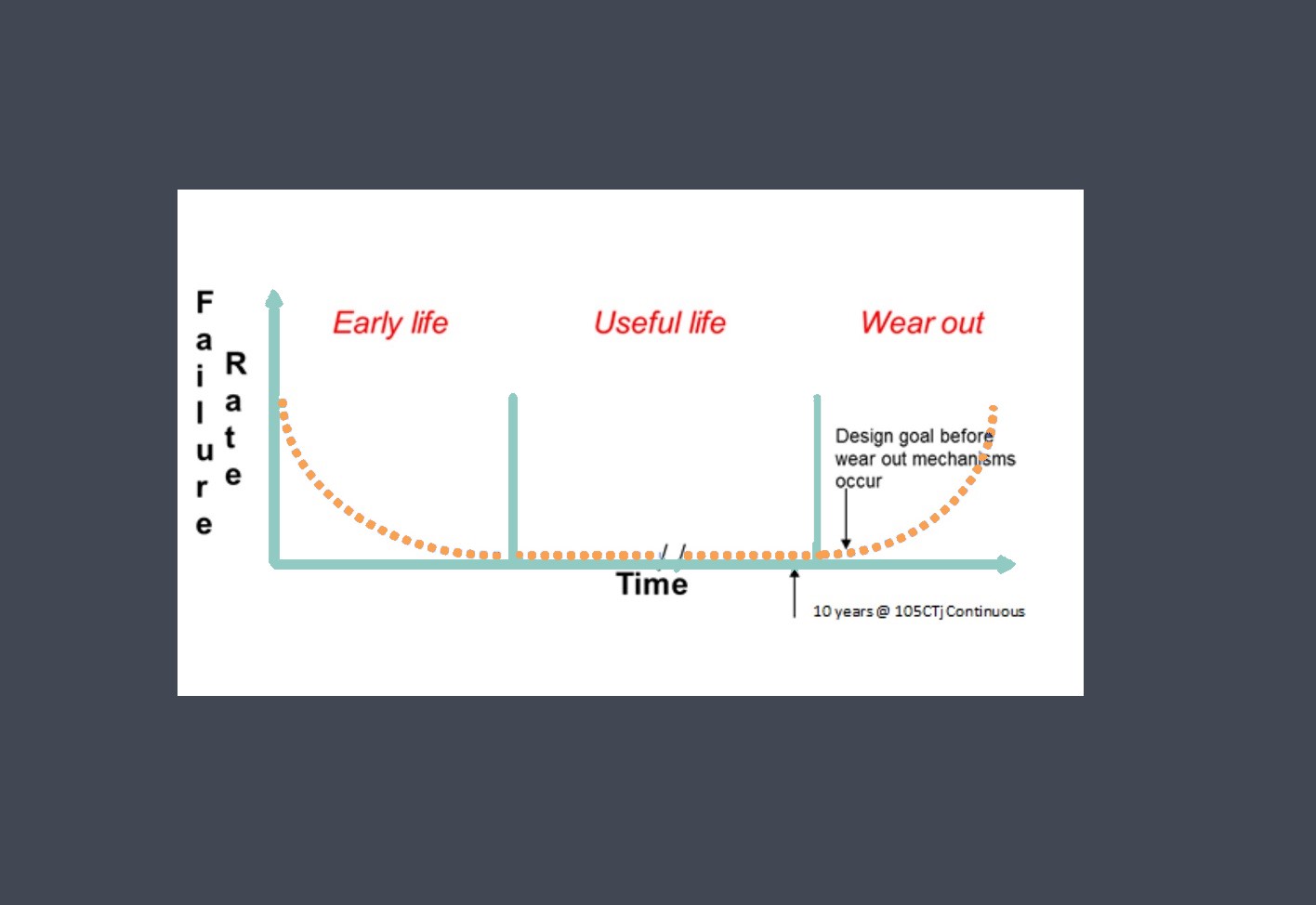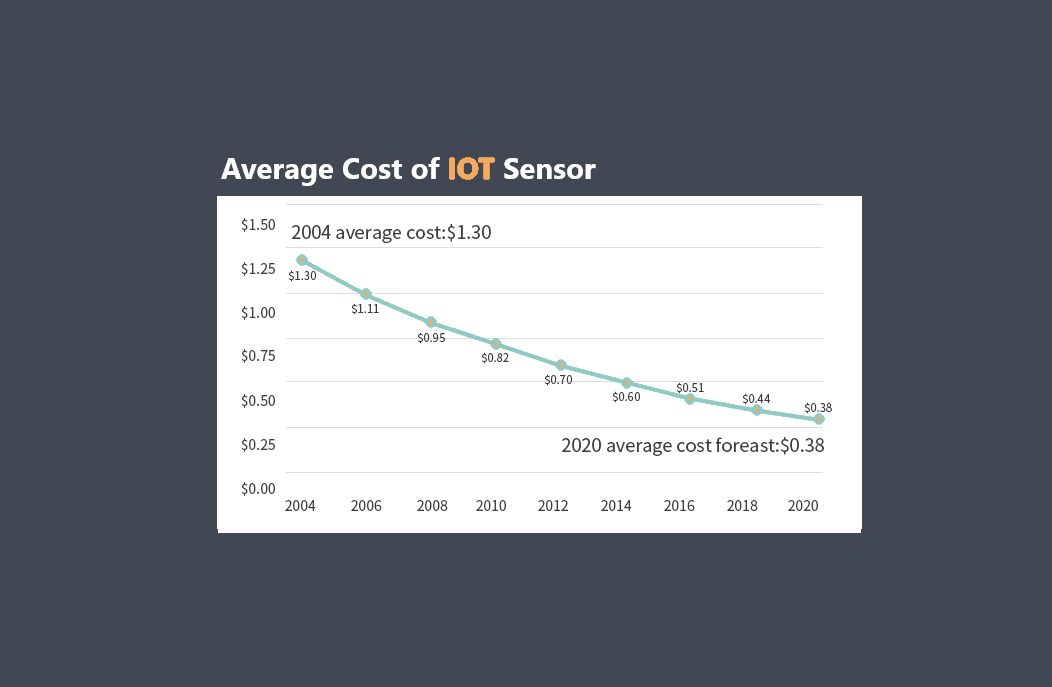
Availability refers to the ability to obtain the sensor when needed. It includes factors such as lead time, supply chain considerations, and the availability of replacements or spare parts.
Sensor availability refers to the accessibility and readiness of sensors in the market. It indicates whether sensors are currently in stock and can be purchased or utilized for various applications. When sensors are available, it means they are present and ready to be used by individuals, businesses, or organizations in their projects, research, or any other applications that require sensor technology. It also includes factors such as lead time, supply chain considerations, and the availability of replacements or spare parts. The availability of replacements or spare parts is important for long-term maintenance and support. Ensuring that replacement sensors or parts are readily available helps in minimizing downtime and extending the lifespan of the sensor system. Sensor availability can vary depending on factors such as demand, production capacity, and market conditions.
Importance of sensor availability
Sensor availability can play a crucial role in various industries and fields that rely on sensor technology. Sensors are used in a wide range of applications, including environmental monitoring, healthcare, manufacturing, automotive, agriculture, and many others.
When sensors are readily available, it allows businesses and researchers to quickly acquire the necessary sensing capabilities for their projects. It enables them to monitor and measure different parameters and variables accurately, leading to improved decision-making, efficiency, and innovation.
Factors affect sensor availability
availability can sometimes be affected by factors such as supply chain disruptions, technological advancements, and market demand. For instance, during times of high demand or limited production capacity, certain types of sensors might experience shortages or longer lead times. This can impact project timelines, product development, and overall industry efficiency.
To address these challenges, manufacturers constantly work on enhancing their production capacity and streamlining supply chains to ensure sensor availability. Additionally, advancements in sensor miniaturization, mass production techniques, and increased competition have led to improved availability and affordability of sensor technologies over time.
Overall, sensor availability is essential for researchers, businesses, and individuals who rely on sensors to collect accurate data, monitor processes, and make informed decisions.


